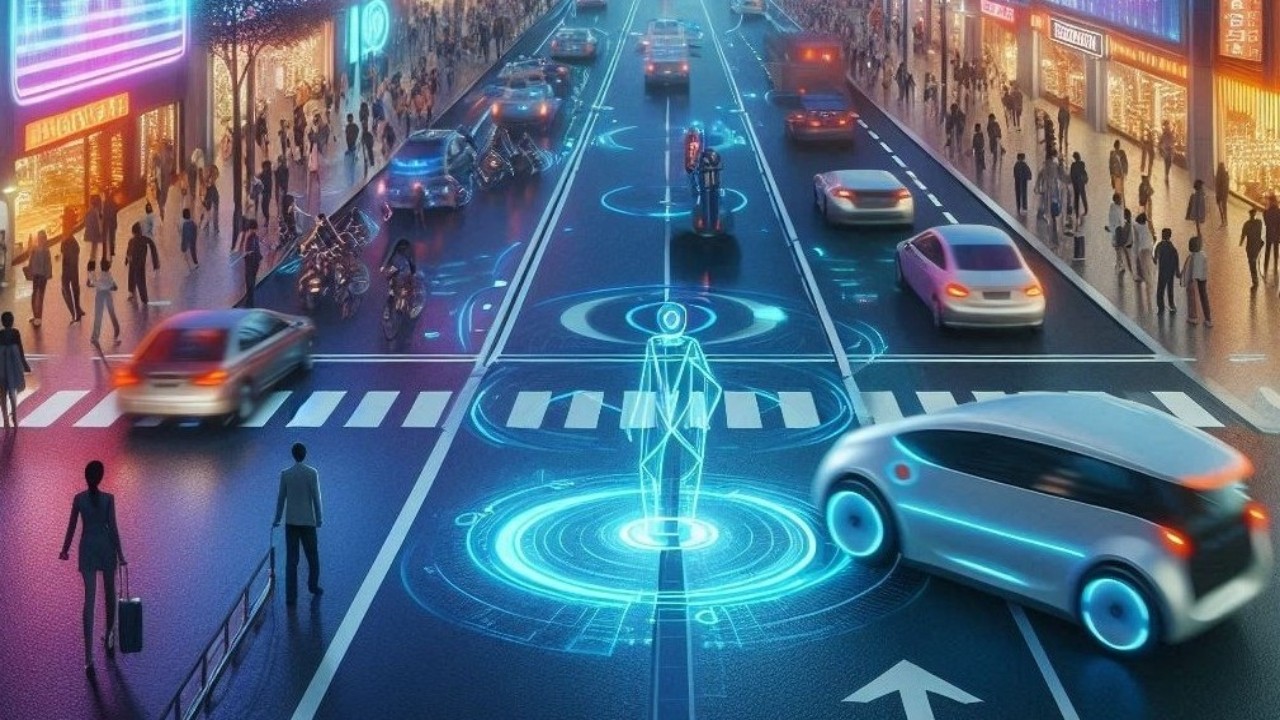Understanding Autonomous Vehicles: How Self-Driving Cars Operate
The rise of autonomous vehicles, commonly known as self-driving cars, represents a significant leap in automotive technology. These vehicles promise to revolutionize transportation by enhancing safety, reducing traffic congestion, and increasing mobility for individuals who are unable to drive. Understanding how self-driving cars work is essential to appreciating their potential impact on society.
The Technology Behind Autonomous Vehicles
At the core of autonomous vehicles is a combination of advanced technologies, including sensors, artificial intelligence (AI), and machine learning. Self-driving cars are equipped with a variety of sensors, such as cameras, radar, and lidar (light detection and ranging), which work together to create a detailed map of the vehicle’s surroundings. These sensors gather real-time data about other vehicles, pedestrians, road signs, and obstacles, allowing the car to navigate safely.
The data collected by these sensors is processed by powerful onboard computers. These systems utilize AI algorithms to interpret the information and make driving decisions. For example, the AI can identify when to accelerate, brake, or change lanes based on the current traffic conditions and the behavior of other road users. This decision-making process mimics human driving behavior but relies on data-driven insights for greater accuracy and safety.
Levels of Autonomy
Autonomous vehicles are categorized into six levels of autonomy, from Level 0 (no automation) to Level 5 (full automation). Level 0 vehicles require human drivers to control all aspects of driving, while Level 5 vehicles can operate entirely without human intervention in any condition. Most commercially available systems today fall between Levels 2 and 4, where the vehicle can assist with certain tasks but still requires human oversight.
Safety and Regulatory Challenges
While the technology behind self-driving cars holds great promise, it also raises important safety and regulatory challenges. Ensuring the safety of autonomous vehicles is paramount, as any malfunction or error could lead to accidents. Regulatory bodies need to create clear guidelines for testing, deployment, and liability related to self-driving car incidents.
Additionally, public acceptance is a critical factor in the widespread adoption of autonomous vehicles. Many individuals remain skeptical about the safety of self-driving cars and their ability to navigate complex driving environments. As the technology matures and more successful trials are conducted, it is essential to educate the public about the safety benefits and potential of autonomous vehicles.
Conclusion
Autonomous vehicles represent a transformative advancement in transportation technology, with the potential to enhance safety and mobility for all. By leveraging sophisticated sensors and AI, self-driving cars can navigate complex environments and make real-time decisions. However, challenges related to safety, regulation, and public perception must be addressed to facilitate their widespread adoption. Understanding how autonomous vehicles work is essential for embracing their benefits as we advance into a tech-driven future.














Post Comment